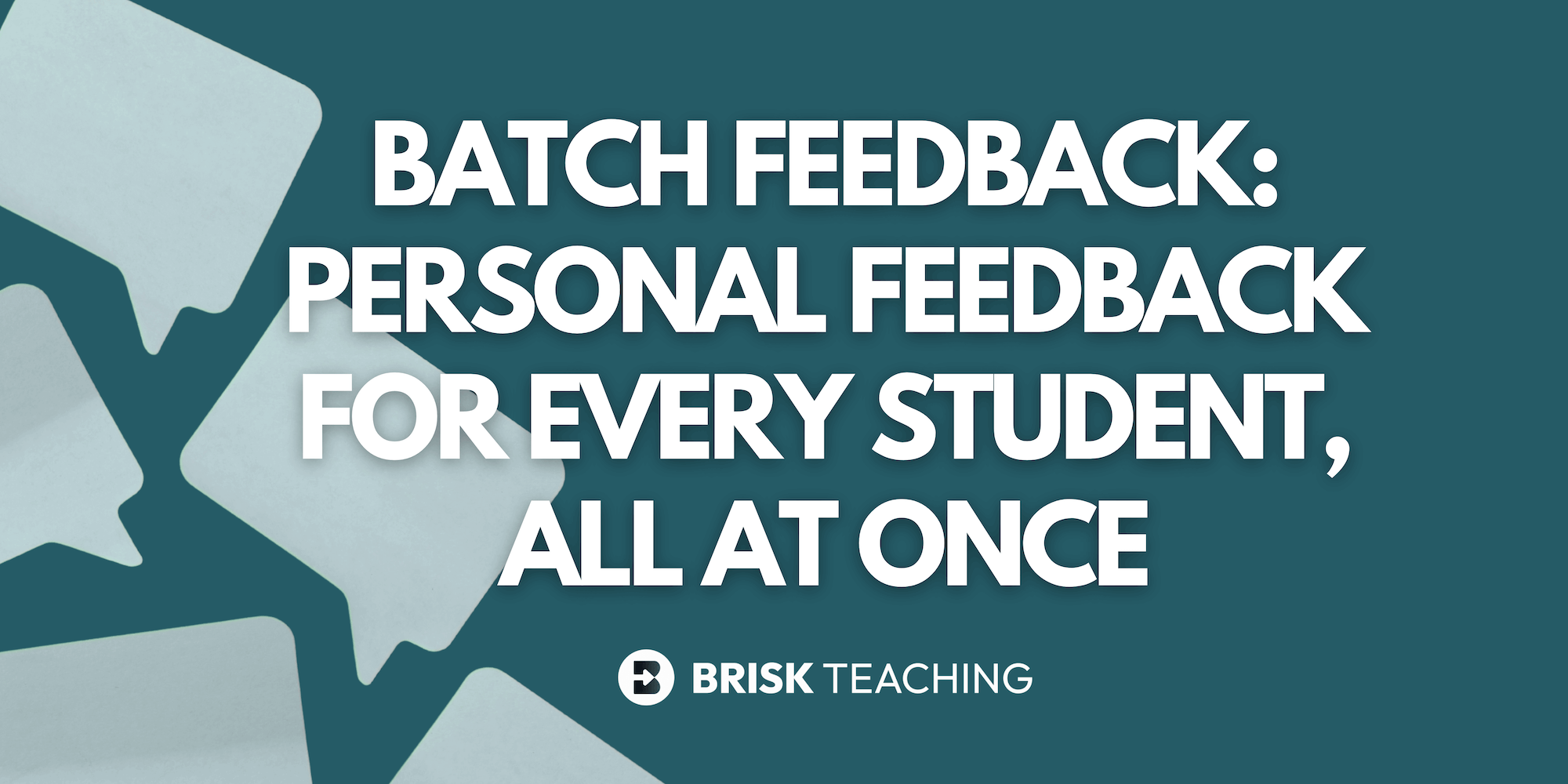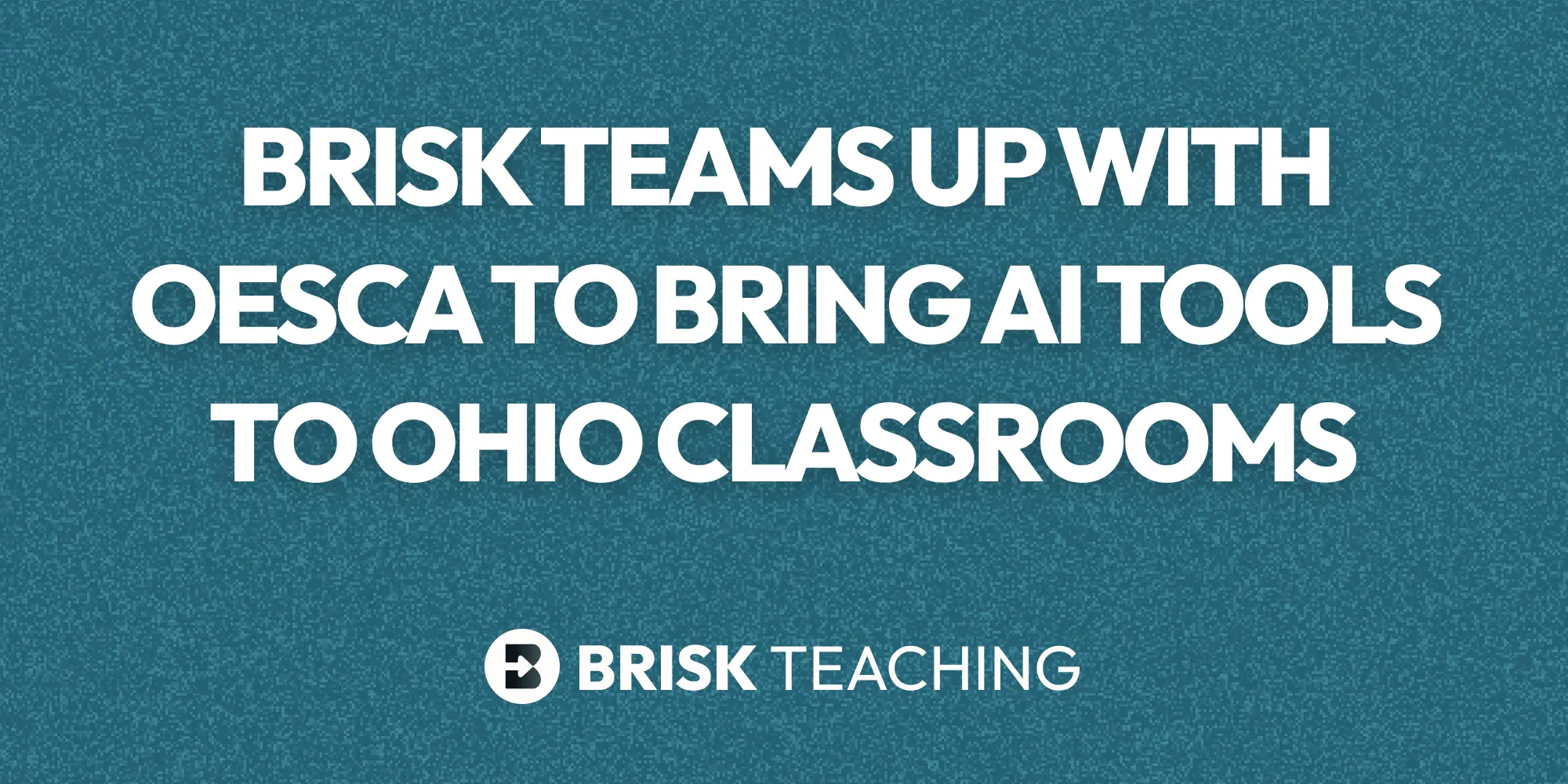When students write, they do more than put words on paper. They open doors to imagination, reflect on experiences, and learn how to communicate clearly. Creative writing projects give students the chance to explore perspectives, experiment with ideas, and strengthen critical thinking skills. Whether you are teaching English, history, science, or even math, incorporating creative writing activities for students helps them find a stronger sense of voice while connecting more deeply to your content.
In this post, we will look at why creative writing is important across subjects, share writing prompt ideas you can use right away, and explore how to make peer review and feedback a positive, manageable experience.
Why Creative Writing Matters Across Subjects
Creative writing often gets associated only with English class, but its benefits go much further. Encouraging students to write creatively builds essential skills they will use in every subject and long after graduation.
- Communication skills: Writing prompts for classroom use give students practice in expressing themselves with clarity, structure, and purpose. Whether they are writing a science reflection or a historical narrative, they are strengthening skills they will need in presentations, emails, and professional writing later in life.
- Empathy: When students write from perspectives different from their own, such as imagining life in another time period or telling a story through the eyes of a fictional character, they develop empathy and appreciation for diverse experiences.
- Problem-solving: Creative writing often involves choices. Which character’s perspective should they use? How should a conflict be resolved? These decisions sharpen critical thinking and help students learn to approach problems in new ways.
When students see creative writing as more than “just an English activity,” they begin to view it as a tool for understanding the world.
Writing Prompt Ideas That Inspire
The right writing prompt can spark curiosity and motivate even reluctant writers to take risks. By mixing up the types of prompts you offer, you can make writing lessons more engaging and meaningful for every student.
Imaginative Prompts
These activities encourage students to dream big and explore new possibilities:
- “What if gravity stopped working for one day? Describe how life would change.”
- “You wake up with the ability to speak to animals. Write about your first conversation.”
- “Create a diary entry from a time traveler who accidentally landed in your school today.”
Reflective Prompts
Personal writing helps students process their own growth and experiences:
- “Describe a time you solved a problem you did not think you could.”
- “What place makes you feel most at peace, and why?”
- “Write a letter of gratitude to someone who has made a difference in your life.”
Cross-Curricular Prompts
Creative writing supports learning in science, history, and even math:
- Science: Write an observation journal about a growing plant or describe a storm from the perspective of a raindrop.
- History: Create a first-person account of a major event such as the Boston Tea Party or the March on Washington.
- Math: Imagine you are a fraction trying to explain yourself to decimals. What would you say?
With Brisk, you can generate customized writing prompts in minutes that are tailored to both subject and grade level. This makes it easy to integrate creative writing into any lesson plan without needing to start from scratch.
Making Peer Review a Positive Experience
Peer review can be intimidating for students if they do not know how to give feedback effectively. Without support, comments often end up being vague (“It was good”) or overly critical. The goal is to help students see peer review as collaboration instead of judgment.
Here are a few strategies that work:
- Model feedback language: Teach students to frame comments in a way that encourages revision. For example, instead of “This part is confusing,” they might say, “I was not sure what you meant here. Can you explain it more?”
- Set clear expectations: Provide sentence starters or feedback stems, such as “One part I really liked was…” or “One thing you could add is…”
- Keep it balanced: Encourage students to share at least one positive observation and one suggestion for improvement with each piece they review.
Brisk helps teachers and students practice this balance by generating “Glow and Grow” feedback prompts. Teachers can use these to model effective review, or students can use them as guides when offering feedback to classmates. With clear scaffolds in place, peer review becomes a process that builds confidence instead of discouragement.
Lightening the Teacher Workload in Writing-Heavy Units
Creative writing projects can be deeply rewarding, but the workload of reading and responding to student writing quickly adds up. Teachers often face the challenge of wanting to encourage frequent writing without being buried in stacks of essays and journals.
A few strategies can make this more manageable:
- Quick writes and reflections: Not every assignment needs a detailed grade. Use short prompts for practice and focus detailed feedback on larger projects.
- Batch feedback: Look for common patterns across submissions and address them in one message before tailoring comments for individual students. This saves time and ensures consistency.
- Rubrics and clear criteria: Share expectations upfront so students understand what strong writing looks like and what they are being assessed on.
Brisk supports teachers with flexible feedback tools designed to lighten the load without losing personalization. You can provide feedback using Glows and Grows, targeted notes, rubric criteria, or next steps. If you are short on time, Batch Feedback allows you to respond to multiple assignments at once while still keeping comments meaningful. Since all feedback is fully customizable, you can edit what Brisk generates so it matches your own style and classroom needs.
Creative writing is not just an English activity. It is a way to amplify student voice, spark imagination, and strengthen critical thinking across subjects. With the right prompts, peer review systems, and teacher-friendly feedback strategies, you can create writing lessons that students actually look forward to.
By weaving creative writing activities for students into your classroom throughout the year, you will nurture curiosity, empathy, and confidence in every learner. And with Brisk as your partner, you can focus on what matters most: helping students find their voice while keeping your own workload balanced. Get started using Brisk today.
.webp)
.webp)






